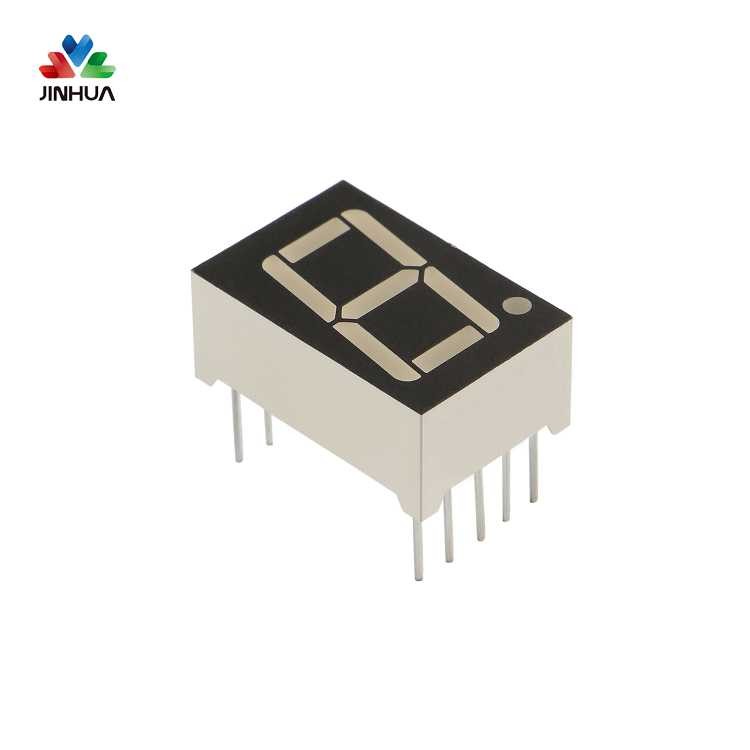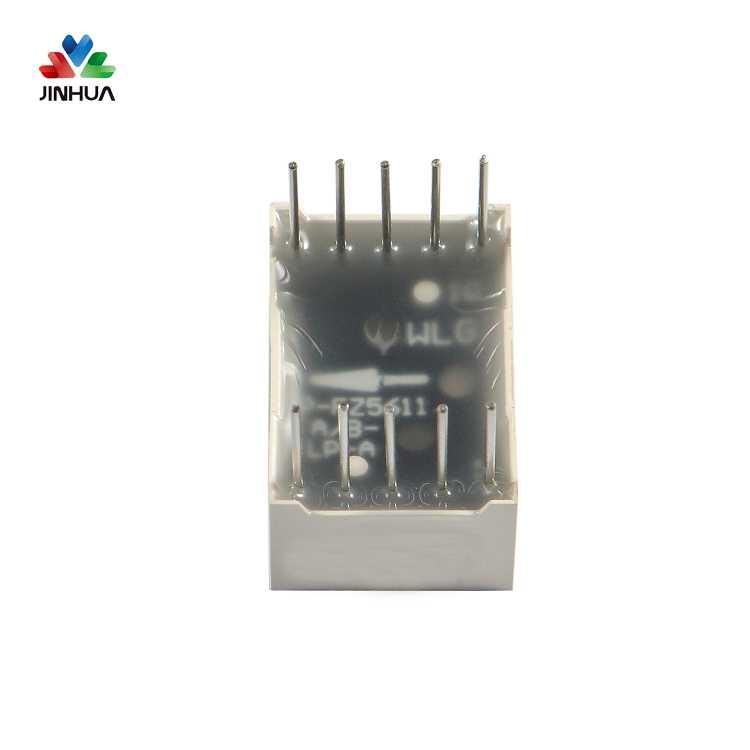(1) Negative temperature coefficient thermistor protection
Negative temperature coefficient thermistor is abbreviated as NTC thermistor, NTC is the abbreviation of NegaTIve Temperature Coefficient, which means negative temperature coefficient, generally refers to semiconductor materials or components with a large negative temperature coefficient, the most simple and effective way to limit surge current The method is to connect an NTC thermistor in series with the input end of the circuit, as shown in R2 in Figure 1. As the NTC thermistor presents high impedance during cold start, the surge current is limited. When the thermal effect of the current increases the temperature of the NTC thermal element and the NTC resistance drops sharply, the current limiting effect on the system will be smaller. Since the impedance of the NTC thermistor in the hot state is not zero, power loss will occur. Of course, this loss is very small.
(2) positive temperature coefficient thermistor protection of seven segment LED.
PosiTIve Temperature Coefficient PTC (PosiTIve Temperature Coefficient) refers to a thermistor with a positive temperature coefficient with a sharp increase in resistance at a certain temperature. In order to make the current in the circuit become stable under normal operation, this circuit also uses a PTC thermistor, as shown in R3 in Figure 1. After the current passes through the PTC thermistor, the temperature rises, that is, the temperature of the heating element rises. When the Curie point temperature is exceeded, the resistance increases, thereby limiting the current increase, so the decrease of the current causes the temperature of the element to decrease, and the resistance value decreases again. The circuit current increases and the component temperature rises again and again, so it has the function of keeping the temperature within a specific range.
Under normal circumstances, the PTC element is connected in series in the circuit, which is in a low resistance state to ensure the normal operation of the circuit; when the circuit is short-circuited or an abnormally large current enters, the self-heating of the PTC element increases its impedance and limits the current to a sufficiently small value. Play the role of over-current protection. When the over-current fault is eliminated, the PTC component automatically restores to a low resistance state. It not only avoids maintenance and replacement, but also avoids the continuous cycle open and closed state that may cause circuit damage.
(3) transient voltage suppressor protection
Transient Voltage Suppressor, TVS for short, is a high-efficiency protection device developed on the basis of a voltage regulator tube, which is mainly used for rapid overvoltage protection of circuit components. When the two poles of the TVS tube are subjected to a reverse transient high-energy impact, it can change the high impedance between the two poles into a very low impedance at a speed of 10-12s, absorb high-energy surges, and clamp the voltage between the two poles. Located at a predetermined value, it protects the components in the electronic circuit from damage caused by the impact of various surge pulses.
For overvoltage protection, this circuit is connected in parallel with TVS at the power input, as shown in VD3 in Figure 1, so that the voltage can be maintained within the maximum withstand range of the TVS. When the voltage is higher than the breakdown point of the TVS. In the event of pressure, the current can flow through the TVS to protect the dot matrix LED lighting fixture.
Experiments show that after the pointer multimeter is connected to the circuit, the sudden deflection of the pointer by a large angle at the moment the circuit is energized is significantly improved, which effectively prevents the surge current from impacting the LED. At the same time, after starting for a period of time, the current has dropped and gradually stabilized. In terms of device selection, using 1W metal film resistors or wire-wound resistors instead of NTC can also meet the requirements, and the overvoltage protection can be TVS or varistor. In terms of circuit board design, it should be noted that the high-voltage input part (that is, the power input end to the rectifier bridge part) should be as far away from the load circuit as possible, and the distance between the wires of the high-voltage input part should be guaranteed to be 1 mm above.






 English
English Deutsch
Deutsch русский
русский español
español العربية
العربية



 IPv6 network supported
IPv6 network supported
